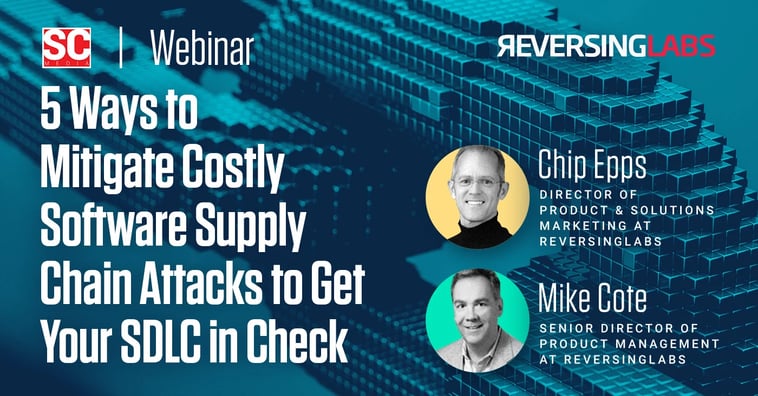Solution
Webinar

How to Inject Security into the SDLC
Learn moreWebinar

Software development lifecycle (SDLC) — A systematic process defining the steps and stages of creating software applications. It encompasses planning, design, development, testing, deployment, and maintenance. The primary goal of the SDLC is to produce high-quality software that meets user requirements while adhering to predetermined timelines and budget constraints.
Structured approach: The SDLC offers a structured framework for orchestrating software creation. It's akin to an architect's blueprint, ensuring that every aspect of the project is meticulously planned, organized, and controlled, ensuring its overall coherence and manageability.
Risk mitigation: Imagine a software project team as explorers embarking on a challenging expedition. The systematic approach of the SDLC equips the explorers with tools to detect potential obstacles, dangers, and pitfalls before they come into view. The SDLC functions as a proactive risk-mitigation mechanism by systematically dissecting each phase, from ideation to deployment, empowering the development team to devise strategic solutions well in advance.
Quality assurance: The SDLC includes rigorous testing and validation processes that ensure that the final software product aligns with the initial vision and meets user expectations. Every flaw and discrepancy is detected and rectified during the SDLC, resulting in a high-quality product.
Resource optimization: The SDLC orchestrates the optimal utilization of resources through meticulous planning and resource allocation, ensuring that resources — be they time, staffing, or financial assets — are judiciously allocated. The result is greater efficiency and financial savings, because wastage is minimized.
Effective communication: Besides being a technical process, the SDLC is a communication conduit connecting various stakeholders in a software project, enabling smooth conversations among developers, designers, stakeholders, and clients. It ensures that everyone speaks the same language, that ideas are seamlessly transmitted, and that expectations are aligned from inception to fruition.
Planning: Define project goals, scope, and requirements, and do feasibility analysis.
Design: Create a detailed design plan, including architecture, user interface, and system components.
Implementation: Develop the actual code based on the design specifications.
Testing: Thoroughly test the software for functionality, performance, security, and compatibility.
Deployment: Release the software to the intended users or environment.
Maintenance: Continuously monitor, update, and optimize the software to address issues and accommodate changes.
Faster time to market: An SDLC streamlines development, reducing time to market for new software.
Enhanced product quality: Rigorous testing and validation lead to a higher-quality product with fewer defects and issues.
Cost savings: Efficient resource allocation and reduced rework result in cost savings over the software's lifecycle.
Customer satisfaction: Delivering software that meets user expectations boosts customer satisfaction and loyalty.
Risk management: Early identification and mitigation of risks minimize the potential impact of unforeseen challenges.
Security analysis: Incorporate security assessments and penetration testing during the testing phase to identify vulnerabilities.
Regular updates: Implement a maintenance phase to address security vulnerabilities and release patches promptly.
Secure coding practices: Train developers in secure coding techniques to prevent common vulnerabilities.
Threat modeling: Consider potential threats during the design phase and implement measures to mitigate them.
Continuous monitoring: Implement monitoring and intrusion detection systems to identify and respond to security breaches.
Web application development: An SDLC ensures that web applications are developed, tested, and deployed systematically, minimizing security risks and enhancing user experience.
Enterprise software development: Complex enterprise software benefits from an SDLC by ensuring robust functionality, scalability, and security.
Mobile app development: An SDLC guides the development of mobile apps, ensuring compatibility across various devices and platforms.
Embedded systems development: An SDLC guarantees reliability, performance, and security in embedded systems development.
For further insights into the SDLC, explore the following articles:


